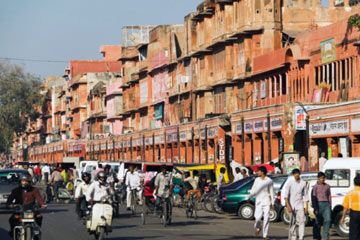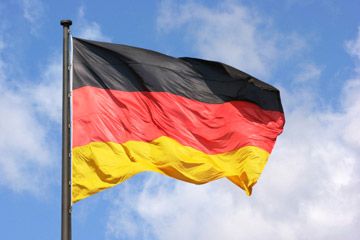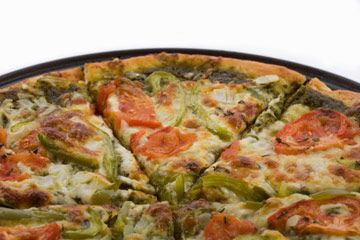Spanish Cultural Influences
Located on the Iberian Peninsula, Spain is decidedly a European country, although its people are descendants of varied populations. Spanish culture was influenced by the Celtics, the Phoenicians of the eastern Mediterranean, the Carthaginians and the Germanic tribe known as the Visigoths.
But, it was the Romans, and later the Muslims from North Africa, who played the greatest role in shaping Spain's cultural future. After ousting the Carthaginians in the 3rd century B.C., the Romans at first used Spain, which they called Hispania, as a training ground for its army [source: Cross].
Advertisement
Under the Romans, Hispania flourished for 400 years as united in both law and language. Rome's rulers allowed Romans and Hispanians to intermarry. The Hispanians had a voice in government and helped build new cities, including Valencia and Merida [source: Cross].
The Romans also built massive public works projects, including aqueducts and roadways. Under Roman rule, Hispania's economy grew as it supplied the rest of the empire with grains, wool, olive oil, fruits and lumber [source: Cross].
As the centuries passed, a series of regional Spanish dialects emerged. These dialects based on Latin, which the Romans spoke, slowly gave way to modern Spanish. Eventually, the Romans allowed the Visigoths to rule Hispania in the name of the Roman emperor, after the Visigoths purged the region of the notorious and brutal Vandals, another Germanic tribe. By the 6th century, the Moors, Muslim tribesmen from North Africa, invaded Spain and ousted the Visigoths [source: Cross].
By the 10th century, the Moors' grip on Spain weakened. As the Muslim influence waned, Christianity thrived and by 1492, Christianity -- specifically Catholicism -- replaced Islam as Spain's dominant religious, cultural and political institution. From that point on, the Catholic Church began its heavy influence on Spanish politics, history, customs and traditions [source: Cross].


